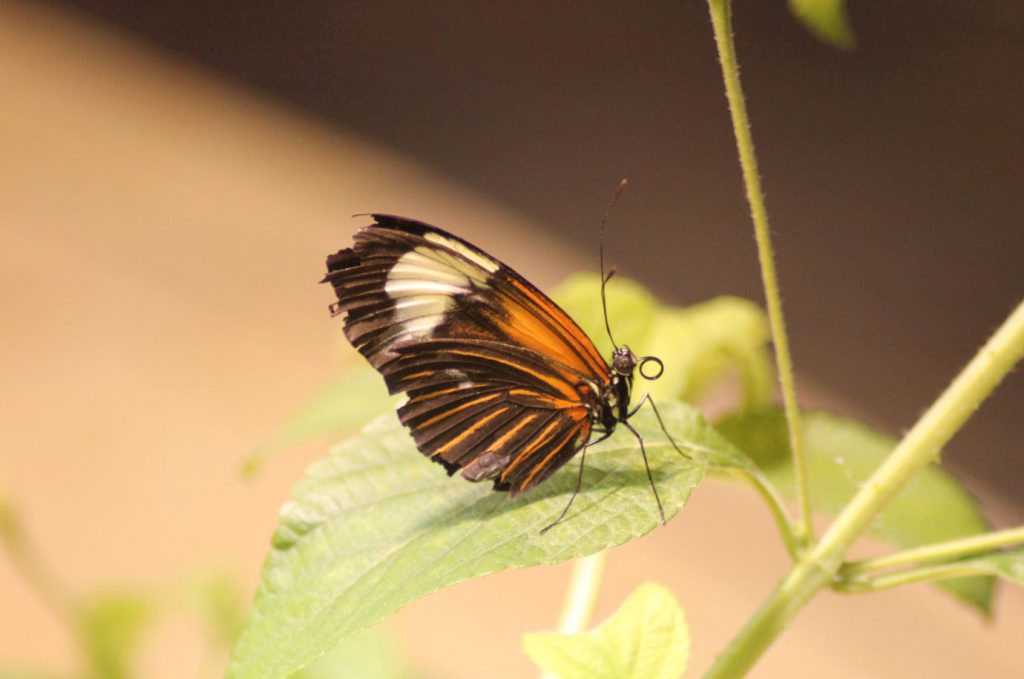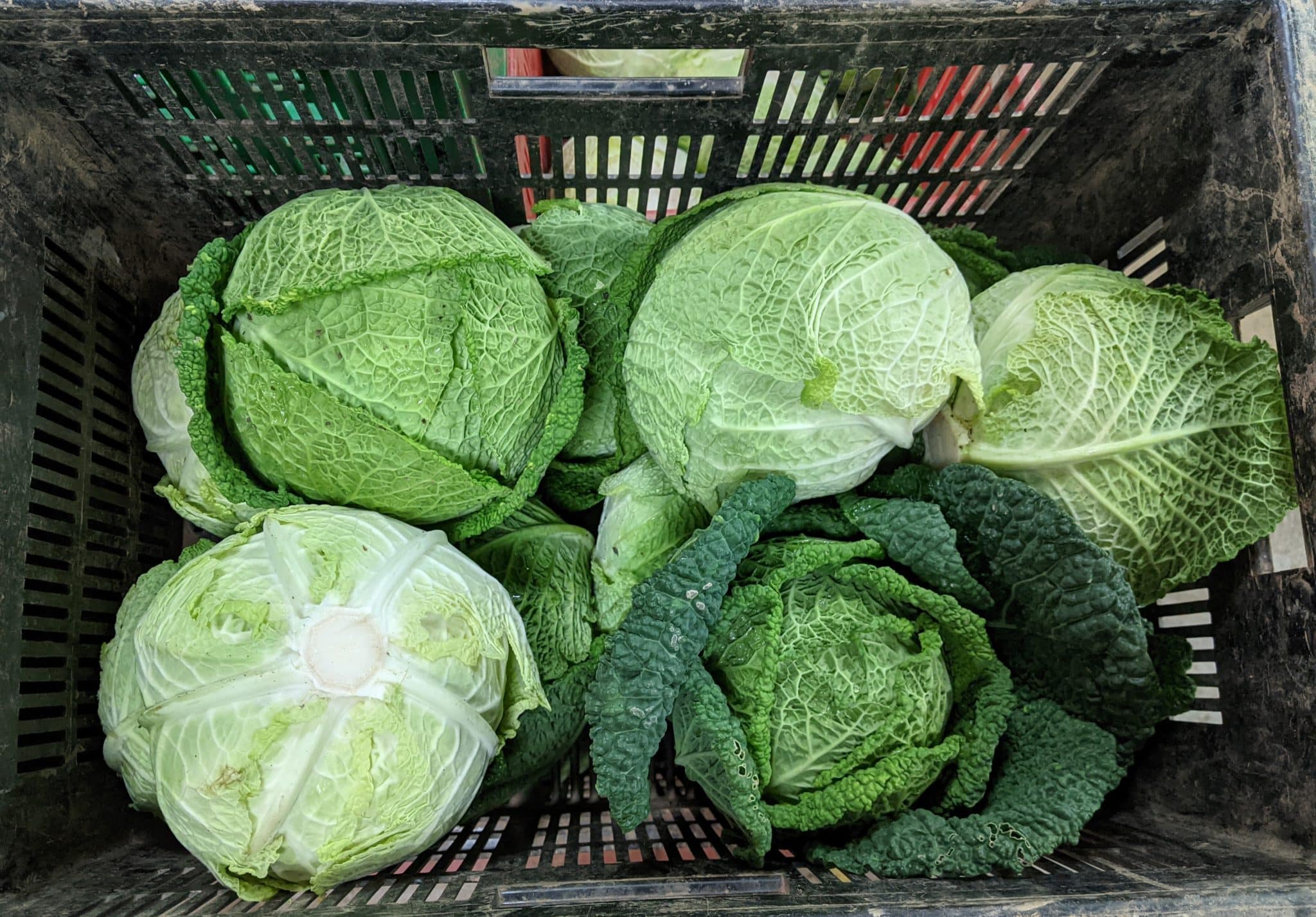British-grown greens are booming with prolific availability and large sizes after a mild Autumn has fast-tracked the growing season and countered the effects of the summer drought.
All cabbage varieties, including Savoy, red, green and kale, are growing prolifically across the South West of England, where temperatures have been unseasonally warm.
It is welcome relief after growers faced widespread crop losses across the summer for both existing crops and the next season’s seedlings. But there are now fears that consumers will not be able to keep up with the huge supply (known as flushing) of British-grown brassicas.
“Now it’s so mild, everything is just booming. Everything is coming at the same time. It’s across the entire range, so caulis, green and red cabbage, leeks and kale,” said Steve Monk, at organic veg box company Riverford. “The quality is really good, it’s just the sheer volume.”
Cabbages, cauliflowers, kale and leeks are all likely to be much bigger than usual as well as highly abundant over the next four to five weeks.
David Camp, regenerative organic farmer at Daynes Farm, south Devon, said he is seeing “a glut of top quality, big brassicas” due to the mild autumn.
“Growing conditions are good, but they’re too good,” he said. “The temperature has been several degrees higher than expected, and we’ve had good levels of sunshine. The only issue is they are quite a meal – you do get good value providing you can eat a whole cabbage.”
Camp said the summer drought has also contributed to strong autumnal growth, because stressed plants put down long roots to reach moisture during water shortages. Then when it does rain, they are better able to absorb nutrients and moisture, leading to prolific growth.
“Now they’re growing on at a phenomenal rate because they’re very healthy plants,” he said.
The British Savoy cabbage season usually runs until around February, but a second wave of growth may not appear after the autumn flush, according to Camp. “Eat them while they’re here,” he said. “Quality is very good as we are peak season for brassicas. There’s definitely no need for imports. Getting enough sold seems to be the problem, not the pickers.”
In other parts of the country, including Cambridgeshire, a shortage of pickers has meant that cabbages will be oversized as there are not enough people to pick the crop at the time it is ready. French-grown Butternut squash are also set to be extremely large due to warmer than average temperatures.
Find out more about the different brassica varieties here.
Confusion for wildlife and ‘spring-like’ behaviour
It comes as The Woodland Trust has warned the mild weather has led to confusion in wildlife’s seasonal habits, with butterflies delaying hibernation and ‘spring-like’ activity among amphibians and trees.
“We have had reports of second flowering for horse chestnut trees, new leaves on species like ash, and plenty of active amphibians and butterflies,” said Dr Kate Lewthwaite, citizen science manager for Nature’s Calendar, which tracks citizen sightings of wildlife to keep a record of what changes are happening.
“We would normally expect butterflies and newts to be going into hibernation around now, so it’s really interesting to see how the weather seems to be changing these patterns and how wildlife appears to be making the most of the mild autumn weather,” she said.

Warmer weather in autumn can allow more foraging time for animals, which in the short term allows them to recover from the summer heatwaves and drought. However, if extreme weather becomes increasingly common, disruption to natural cycles may throw species out of sync.
Butterflies, for example, rely on a period of dormancy during winter to save energy while food is scarce, and many plants require a spell of cold weather in winter to drive germination in spring.
Trees also rely on cold spells to help kill off and stall the spread of pests and diseases.
Dr Lewthwaite said: “A changing climate means changing seasons. We already know that spring is arriving an average of 8.4 days earlier each year, but not so much is known about autumn. In order to understand the impact these rising temperatures may have on the timing of natural events, we need people to record what they are seeing in their local woods, gardens and parks on Nature’s Calendar, as soon as they can.”
Anyone can take part in recording signs of the seasons for Nature’s Calendar at naturescalendar.woodlandtrust.org.uk.
Find six habitats for wildlife you can build into your garden this winter here.













Eastern Europe pickle a lot of veg. Very sustainable, and could help our glut.